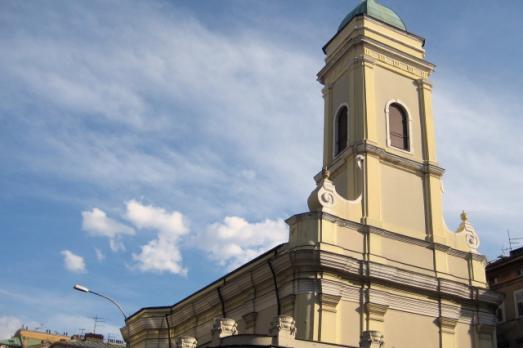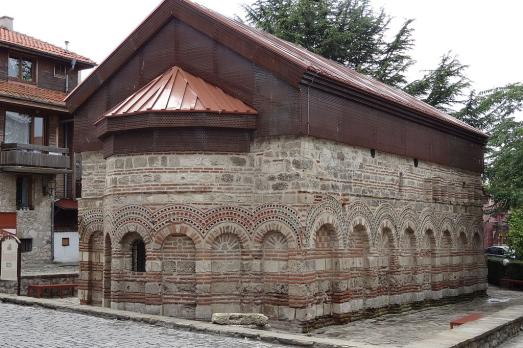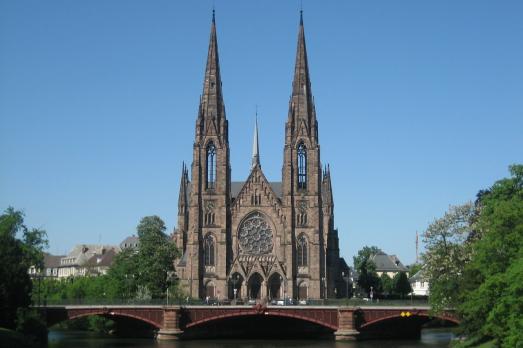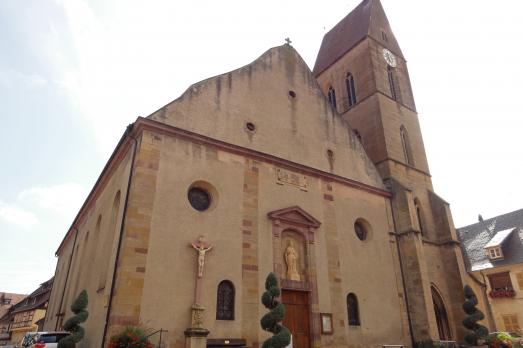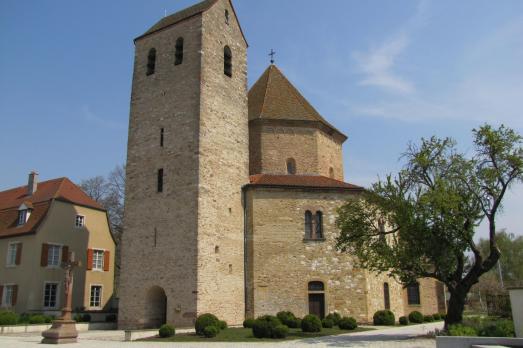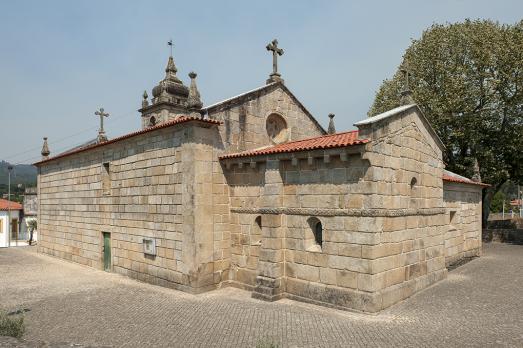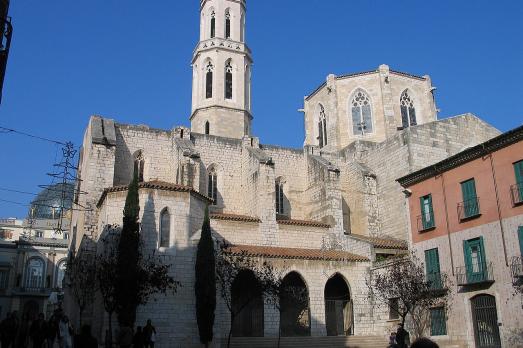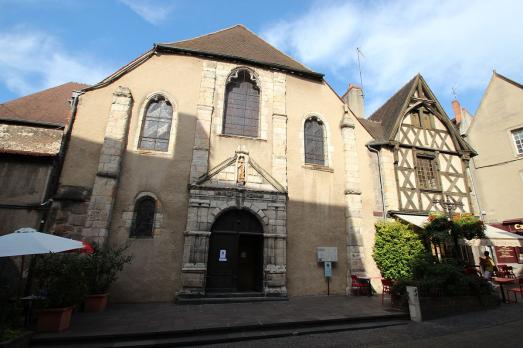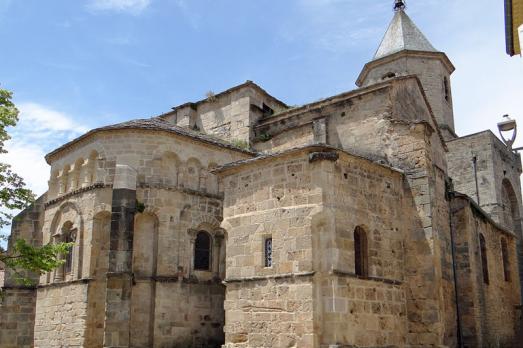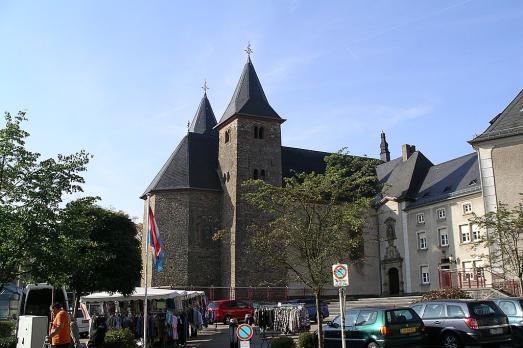
Church of Saint Nicholas, Hosingen
Hosingen, LU
The present church was built in 1748 and rebuilt in 1952 after the Battle of the Ardennes in 1944-45. Originally, it was the convent church of the convent of Augustinian nuns, a monastery for the daughters of the noble families of the Ardennes.
